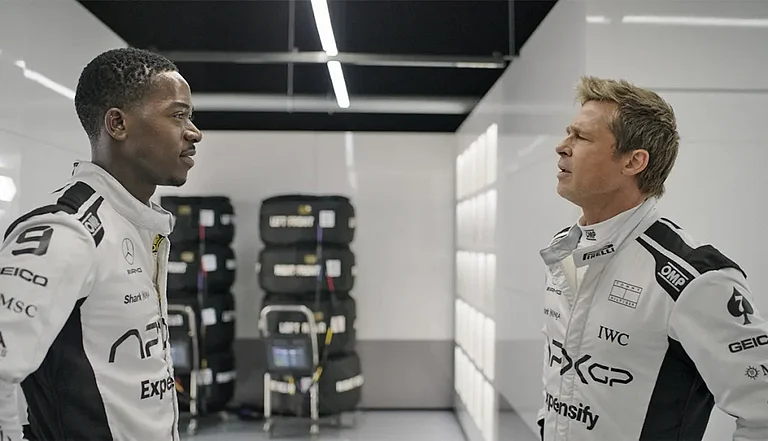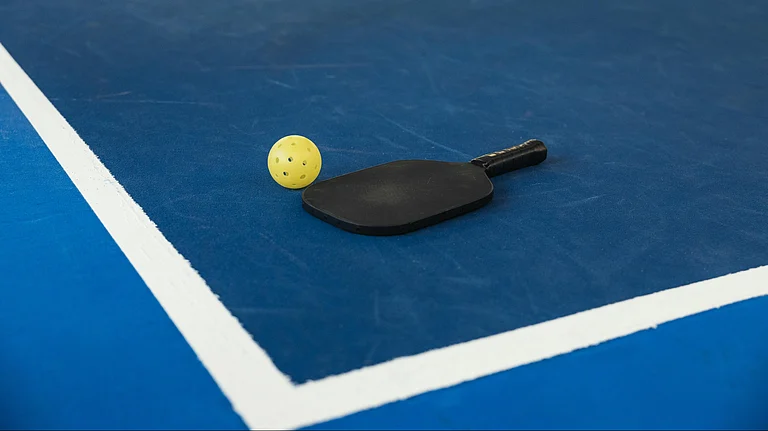In the world of sports, injury is not just a possibility, it is often a reality. For athletes, recovery time can mean the difference between victory and defeat, between making it to the next season or sitting it out. Over the years, sports physiotherapy has evolved from traditional massage and manual techniques to evidence-based treatments. Now, it is entering a new era where artificial intelligence (AI) and robotics are changing the game entirely.
This technological shift is not just futuristic talk. It is happening right now in rehab clinics, sports training centres, and even at home, where athletes are using smart machines to recover faster and better.
Smarter Assessments and Personalised Recovery
One of the biggest advantages AI brings to physiotherapy is precision. Recovery plans are no longer based on general guidelines or guesswork. With the help of AI-powered tools, physiotherapists can collect real-time data on how a person walks, moves, and responds to treatment.
Motion sensors, cameras, and AI-based apps track every movement down to the smallest detail. They pick up issues like uneven weight distribution, delayed muscle response, or limited joint mobility. Based on this data, recovery programs can be adjusted instantly to match the athlete’s exact needs.
This kind of personalization makes a huge difference. It ensures that the treatment is neither too intense nor too gentle. It gives injured athletes just the right push they need at each stage of their healing.
Robotic Assistance for Better Support
Robots are no longer just machines in factories. In physiotherapy, robotic exoskeletons and wearable devices are helping injured athletes regain strength and movement. These machines support the limbs during exercise, guiding the body through natural movement patterns.
For example, a robotic arm support can help a tennis player recovering from a shoulder injury regain range of motion without putting too much strain on the joint. It gently assists the movement, building strength slowly and safely.
These devices are especially useful in the early stages of recovery when muscles are weak. They allow athletes to start rehabilitation sooner, which is key to preventing muscle loss and joint stiffness.
Virtual Coaches and Real-Time Feedback
Another exciting development is the use of AI-powered virtual physiotherapists. These are not just video recordings of exercises. They are interactive systems that guide the athlete through each movement and provide real-time feedback.
Imagine an injured runner doing knee rehab exercises at home. A screen in front of them shows their own body alongside a model's movement. The AI alerts them if they are leaning too far forward or not bending their knees enough. It tracks progress daily and shares this information with their real physiotherapist.
This kind of support encourages consistency. Athletes do not need to wait for their next appointment to know if they are doing something right or wrong. They get guidance instantly, which keeps them motivated and reduces the risk of setbacks.
Predicting and Preventing Future Injuries
Perhaps the most powerful role of AI in sports physiotherapy is its ability to predict problems before they happen. By analysing training data, performance records, and even sleep patterns, AI systems can identify early signs of overuse or fatigue.
For instance, if a football player shows slight changes in stride length or joint angle during sprint drills, AI might flag it as a sign of potential hamstring strain. The physiotherapist can then intervene early with preventive care, saving the athlete from a more serious injury later.
This proactive approach is a game-changer. It shifts the focus from treating injuries to preventing them altogether.
Making Elite Recovery Accessible
Robotics and AI are also making high-quality recovery tools more accessible. What was once available only to Olympic-level athletes is now finding its way into university training rooms and local clinics. Portable devices and home kits are becoming more affordable and user-friendly.
For example, some AI-powered recovery boots use compression technology to improve circulation and reduce swelling. Athletes can use them at home after intense training sessions. Similarly, compact robotic massage tools help relax muscles and release tension, speeding up recovery without needing a therapist every time.
The Human Touch Still Matters
While AI and robotics are reshaping recovery in powerful ways, they are not replacing human physiotherapists. The machines provide data, precision, and support. But the empathy, judgment, and hands-on care of a trained therapist remain just as important.
Technology is a tool. The real art lies in knowing how to use it. The best results come when human knowledge and machine intelligence work side by side.
A New Era of Athletic Care
The world of sports is evolving. As athletes push their limits, their recovery methods must also rise to meet those demands. AI and robotics are stepping in to do just that—making recovery faster, more precise, and more personal.
From early detection to real-time rehab, from robotic limbs to virtual coaches, these innovations are not just trends. They are shaping a new standard of care that empowers athletes to heal smarter, come back stronger, and stay in the game longer.
As technology continues to grow, the hope is not just to fix injuries, but to build bodies that are better prepared to face the challenges of sport today and tomorrow.



























